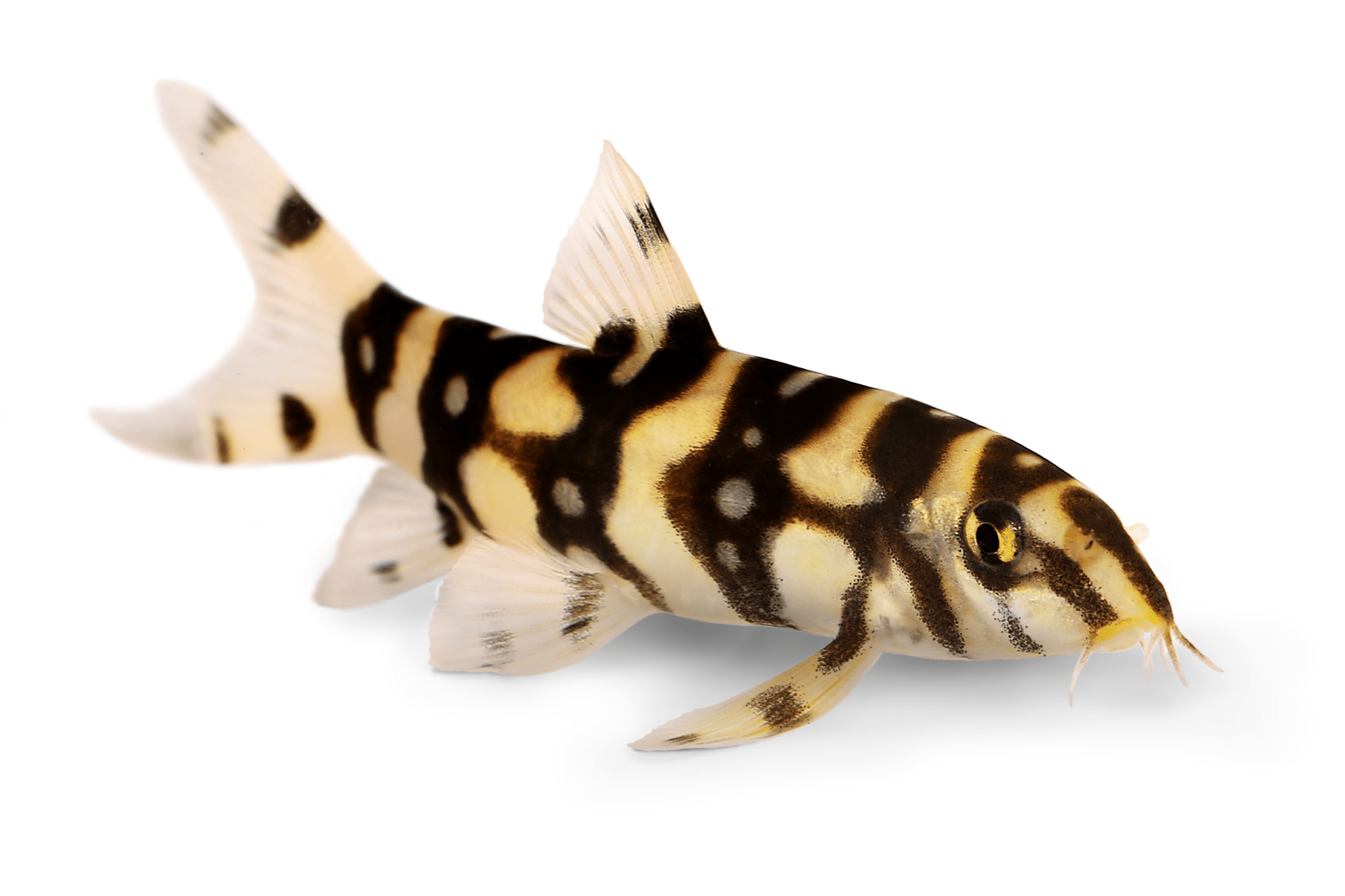
Apply Now


Effective Techniques to Improve Your Tropical Fish Drawing Skills
Drawing tropical fish can be a delightful and enriching pursuit, combining the beauty of marine life with the elegance of art. In 2025, the methods to enhance your skills while capturing the vibrancy and complexity of these aquatic creatures have evolved. This article presents effective techniques for anyone looking to improve their tropical fish drawing skills, whether you are a beginner or an experienced artist. Aquatic drawing not only enhances your artistic abilities but also allows for a deep appreciation of marine ecosystems. Learning to illustrate tropical fish can teach you about their unique behaviors, colors, and anatomical structures. The skills developed here can translate into beautiful fish illustrations, whether in traditional forms like watercolor fish painting or digital tropical fish art. By the end of this article, you will have a clearer understanding of various techniques, inspiration sources, and artistic tools for capturing the essence of tropical fish. With dedicated practice and passionate exploration, you can create stunning ocean life art that resonates with viewers.Understanding Tropical Fish Anatomy
To effectively draw tropical fish, it is essential to understand their anatomy. Familiarizing yourself with the anatomical structure of fish can improve the realism of your drawings. Study the features such as fins, gills, and body shape. Knowing how these elements work together will allow you to depict them accurately in your art. A fish's posture and movement can vary significantly across species. For instance, exploring tropical fish behaviors plays a crucial role in reproducing their form on paper. Practice sketching various tropical fish species to identify key characteristics that set them apart. Use resources like photographs and observation in aquariums as references for anatomy studies. Focusing on the relationship between their environment and their body will lead to more dynamic and engaging illustrations. By integrating techniques for realistic textures into your drawing process, you also present a lifelike quality. This involves understanding how light interacts with their scales and the flow of water around them. As your understanding deepens, your ability to create authentic fish portraits will flourish.Color Theory in Tropical Fish Art
Color plays a pivotal role in tropical fish art. With vibrant colors and patterns often defining tropical fish species, learning how to utilize color effectively is crucial for your artwork. Begin by studying color palettes used in established fish illustrations. Determine which colors convey the essence of specific tropical fish. Understanding the psychology of color in fish drawing can significantly enhance the emotional impact of your art. Experimenting with various mediums can yield different results. Try using watercolors for softer, blended colors or oil pastels for richer, deeper hues. Each medium offers unique opportunities to explore textures and shades in your drawings. Always keep a color wheel at hand to assist in choosing complementary colors, making your illustrations more striking. Moreover, sketching tropical fish in different color palettes allows you to see how varied color choices can affect the perception of the fish. This practice helps you develop a personal style while enhancing your ability to represent the stunning colorations found in aquatic environments.Drawing Techniques for Beginners
For those new to drawing tropical fish, starting with simple techniques can build a solid foundation. Begin by mastering basic shapes, such as ovals and triangles, to form the fish's body and fins. These foundational shapes can be your guide as you work towards capturing the intricate details of tropical fish. Using sketching techniques such as contour drawing or block shading can aid beginners in understanding proportions and positioning. Fish outlines serve as a crucial step in ensuring that the essentials of fish anatomy are reflected accurately in your drawings. Another effective method is to engage in observational drawing. Spend time observing live tropical fish in a controlled setting or examining videos that showcase their natural movements. This can provide inspiration and insight into their dynamic poses and behaviors. As you advance, explore drawing fish in various styles, from realistic to cartoon fish drawing. Experimentation will expose you to various artistic techniques and allow your individual style to develop organically.Incorporating Digital Techniques in Fish Drawing
In 2025, digital art techniques have revolutionized the way we approach tropical fish drawing. Software and apps specifically designed for artists offer tools that can enhance your capabilities immensely. Learn about the different applications that support layering, blending, and specialized brushes that mimic traditional media, such as watercolor and pastel effects. Practicing digital tropical fish art provides a unique opportunity to work without the constraints of material costs, allowing for more experimentation. Utilize layering techniques to build depth and dimension in your fish art. Adjust hue and saturation levels easily to achieve vibrant fish illustrations that stand out in any collection. Additionally, joining online communities focused on digital marine life drawing can inspire your work and provide constructive feedback. Engaging with fellow artists may lead to collaborative projects or friendly competitions, further enhancing your skills and confidence.Exploring Fish Illustration Styles
As we delve deeper into the world of tropical fish illustrations, it’s beneficial to explore various artistic styles. Each style offers unique perspectives on how to depict the beauty of marine life.Realistic Fish Drawing Techniques
Realistic fish drawing requires a keen eye and an understanding of shading and texture. Utilize reference photos to capture precise details in your illustrations. Start with a light sketch focusing on the basic shapes before moving into detailed shading work. Employ techniques for realistic textures to replicate the reflective quality of fish scales. Use contrasting colors and gentle gradients to mimic the subtle variations found in marine life. These intricacies will contribute to a lifelike appearance in your artwork, providing an immersive experience for viewers.Cartoon Fish Drawing Approaches
Embracing a more whimsical style, cartoon fish drawing allows artists to explore creativity beyond realism. This style engages audiences through vibrant colors and exaggerated features. Focus on different tropical fish species and incorporate playful elements that showcase their unique traits. Experiment with exaggerated expressions or poses that imbue your art with personality. Cartoon art can serve multiple purposes, from educational tools for children learning about marine ecosystems to entertaining illustrations for various media.Dynamic Fish Poses and Movement Studies
Understanding how fish move through water is essential for depicting them in action. Engaging in fish movement studies can provide insight into their dynamic poses. Observational experiments from aquariums, or underwater footage, can assist in conveying swiftness and grace. Incorporate dynamic poses into your drawings, such as a fish swimming with its fins splayed or darting through coral. Recognizing these fluid actions will enhance the energy of your illustrations, making them more captivating and realistic.Creating Engaging Tropical Art Pieces
As you continue to develop your artistic skillset, creating engaging tropical art pieces becomes the ultimate goal. This section will guide you on how to make your art stand out and resonate with your audience.Combining Techniques for Unique Art
Combining different techniques, such as watercolor and digital enhancements, can culminate in unique fish drawings. Discover how to blend traditional and modern methods to create art that pops off the page. For instance, consider starting with a watercolor base and later refining details digitally, achieving a fusion of aesthetic styles. Experiment with various methods to find what resonates best with your creative approach. Each artist has unique sensibilities that can define their work and lead to personal breakthroughs in style.Venturing into Environmental Themes
Integrating environmental themes into your fish art can elevate the narrative of your pieces. Highlighting topics such as endangered tropical fish and ocean conservation not only raises awareness but also gives your art purpose. Through storytelling in your illustrations, you can create emotional connections that inspire action and thought. Consider using your artwork as a platform to express concerns regarding marine ecosystems. Such themes provide context and depth, allowing audiences to appreciate the fusion of art and environmental issues.Q&A Section
What Are the Best References for Drawing Tropical Fish?
Utilize online databases of fish species, images from aquariums, and educational materials on tropical marine life. These resources will provide comprehensive references for your studies.How Can I Improve My Fish Sketches?
Regular practice is key. Start with quick sketches of different fish to build confidence in your abilities. Focus on the shapes and structures before diving into detail.Which Medium Should I Use for Tropical Fish Art?
The choice of medium depends on your personal preference. Watercolors can capture the soft vibrancy of tropical fish, while digital techniques offer flexibility in color and texture.What Are Some Common Mistakes to Avoid in Fish Drawing?
Avoid overcomplicating your work with unnecessary details early on. Focus on proportion and overall shapes first. Additionally, ensure your colors complement rather than clash, enhancing the vibrancy of your piece.Can You Recommend Any Communities for Fish Artists?
Many online platforms, including social media groups and art forums, provide great communities for fish artists. Engaging with other artists can lead to valuable feedback and collaboration opportunities.
